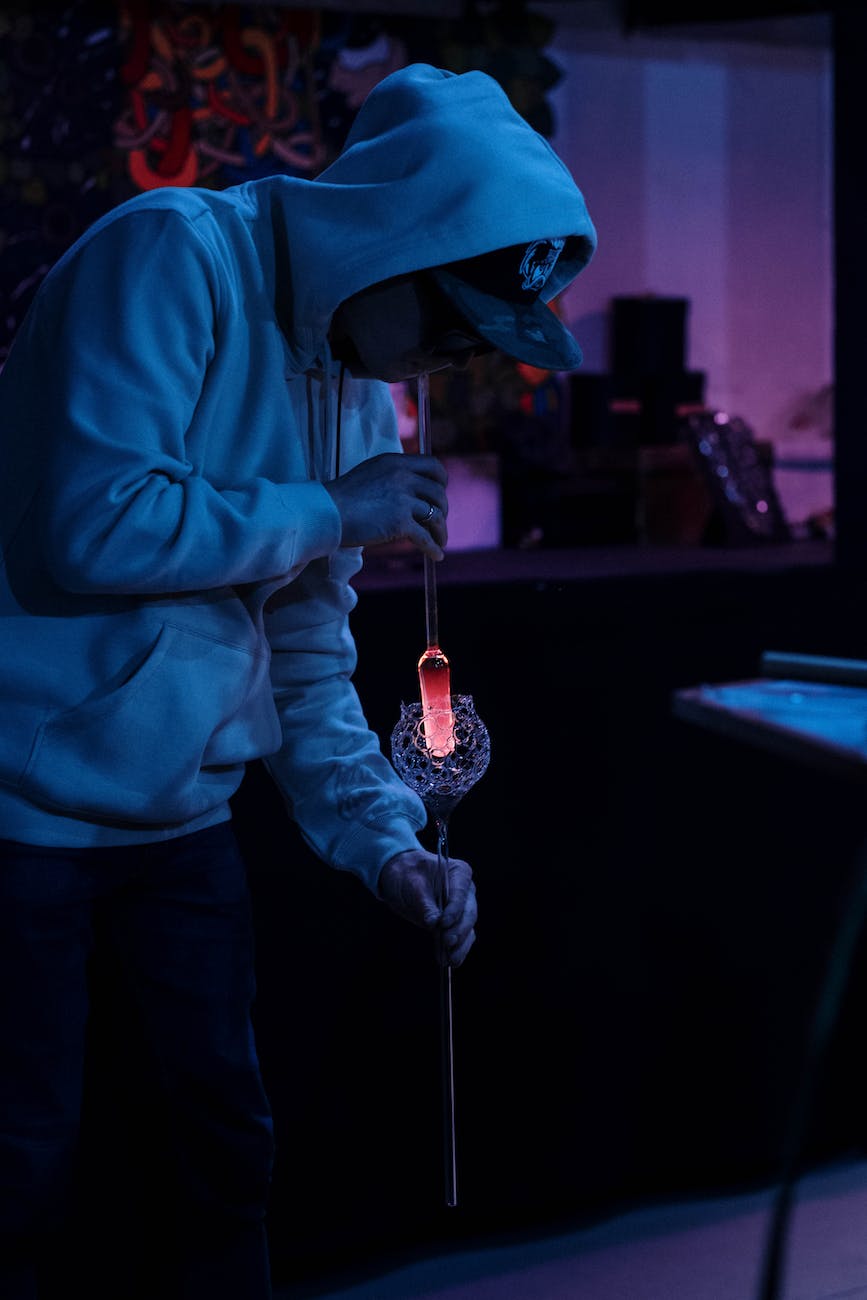Mastering Precision: Creating Intricate Glassblowing Designs
Beyond basic forms, glassblowing allows realizing incredibly intricate patterns, scenes, and multifaceted objects when precision skills get mastered. From delicate fins and lacework to complex embedded canework, precision expands creative possibilities enormously. Developing methodical processes and tapping tools and technologies available today helps glass artists achieve new heights of exacting craftsmanship.
Planning Designs Meticulously
Executing complex pieces begins with extensive planning drawings and visualizations to guide each step. Master caneworker Loren Stump creates full-scale drawings mapping out exacting mosaic murrini patterns to pre-engineer intricate latticino cores. Architects create 3D CAD models when designing monumental installations. This diligent design thinking culminates in precision execution.
Modeling Shapes in Miniature
Some intricate objects get prototyped at miniature scale first. Czech artist Martin Janecky sculpts exquisitely elaborate tiny glass creatures to refine minute details before increasing piece scale for a final series. Models reveal nuances not obvious from plans alone. They also build confidence for tackling ambitious large-scale works. Test runs instill familiarity before precision mastery.
Working Methodically in Phases
Intense focus over long timescales ensures flawless results. Most intricate works get created through distinct iterative steps over days or weeks rather than rapid blowing. First crafting elaborate murrine canes, then incorporating them into core designs before final blowing and etching constitutes a production pipeline requiring zen-like concentration. Rushing diminishes intricacy.
Leveraging Molds and Mechanization
While freehand blowing allows limited intricacy, molds enable precise replicated patterns. Some artists magnify handwritten text or signatures for captivating visuals only achievable using production molds. They also recreate natural textures from leaves and bark. Machinery like digital glass lathes introduce computer-controlled precision when etching, sculpting, and decorative cutting fine details.
Tapping Flameworking Dexterity
The nimble heat control of bench torch flameworking suits small-scale precision lanpworking. Filigree spikes, tiny twisted feet, and floral murrini get crafted using handheld torches and glass rods before attachment onto main pieces. Flameworking’s direct tactility fosters mindful focus on micro details. This meticulous work becomes meditative.
Magnifying with Optical Glass Effects
Layering clear blown glass with optical glass elements takes advantage of physics to create mesmerizing visual intricacy. Thin discs called murrines feature kaleidoscopic patterns visible at certain angles when embedded in walls of blown glassware. Alternating clear and colored glass panes generate shimmering interference rainbows. These illusions intrigue the eye through scientific light manipulation.
Developing a Master’s Touch
Behind every masterwork lies thousands of hours devoted to perfecting technique. Vision alone does not manifest such intricacy. Only through relentless practice of rehearsed motions does muscle memory develop the inherent precision required. Speed follows from unthinking familiarity guided by an intuitive feel for molten glass at a subconscious level. This mastery unlocks nuanced artistry.
Patience and meditation are required to attain glassblowing precision. But methodical repetition builds facility until complex processes flow effortlessly. Each incremental skill accumulation expands artistic possibility. With focus and perseverance, any glassblower can progress from crude to intricate over a lifetime of wonder shared through light made tangible in glass.
